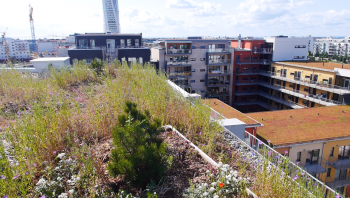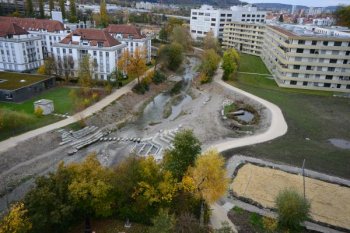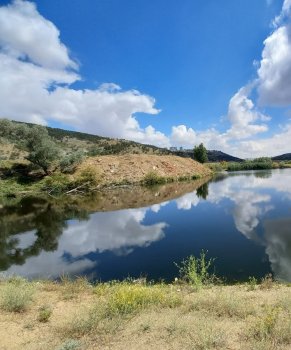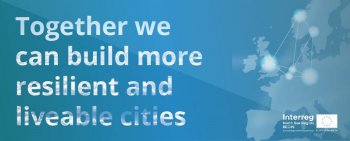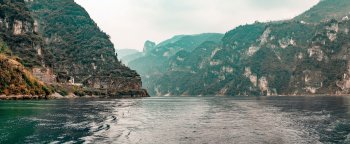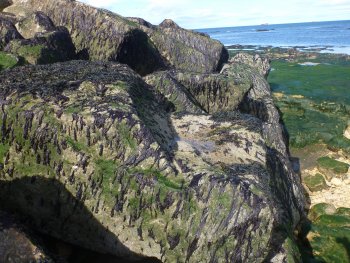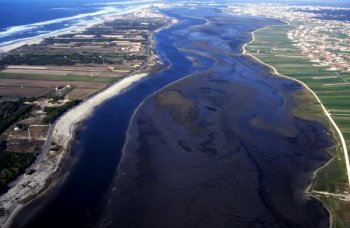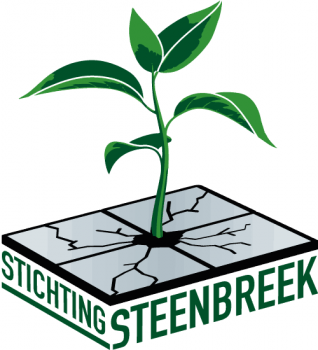Multifunctional urban greening in Malmö, Sweden
Submitted by Marja Mesimäki on 5 September 2018The main purpose of the roof is to offer an unique green environment to the residents in the house. In the project every surface, also on the ground below, is maximized with greenery. The greenery offers a range of ecosystem services which also benefits the neighbors and the city.

